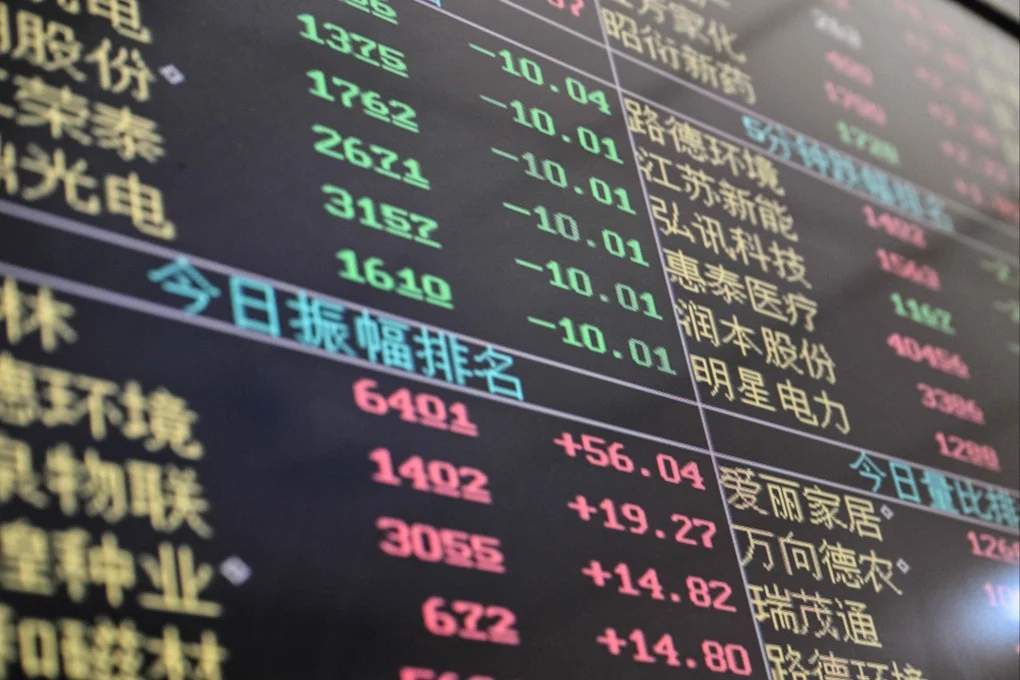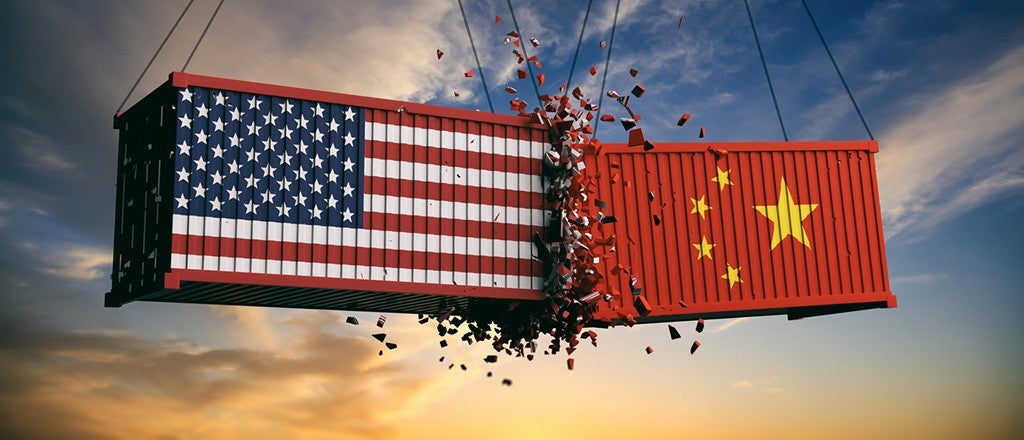In a recent press briefing, White House Press Secretary Karoline Leavitt delivered a pointed message to Beijing, emphasizing that the initiative for advancing trade negotiations lies squarely with China. Quoting President Donald Trump, Leavitt stated, “China needs to make a deal with us. We don’t have to make a deal with them,” signaling a firm stance as the United States navigates its economic relationship with the world’s second-largest economy. This declaration, captured in a widely circulated YouTube clip (https://www.youtube.com/watch?v=m0nvuzmtVwc), underscores the administration’s aggressive posture on trade and its willingness to leverage tariffs to pressure China into concessions. As global markets react and analysts dissect the implications, the statement marks a pivotal moment in U.S.-China relations, with far-reaching consequences for international trade, diplomacy, and economic stability.
A Bold Stance on Trade
Leavitt’s remarks come amid heightened tensions between Washington and Beijing, driven by longstanding disputes over trade imbalances, intellectual property theft, and market access. The Trump administration, in its second term, has doubled down on its “America First” economic agenda, prioritizing domestic industries and seeking to reduce reliance on Chinese manufacturing. The press secretary’s assertion that the “ball is in China’s court” reflects a strategic shift, placing the onus on Chinese President Xi Jinping to propose terms that align with U.S. interests.
According to Leavitt, President Trump remains open to a deal but is prepared to escalate tariffs if China fails to engage constructively. Posts on X from April 8 to April 16, 2025, highlight the administration’s rhetoric, with some users noting Trump’s belief that “China wants to make a deal, they just don’t know where to start” (@MyLordBebo, April 8, 2025). Others, however, interpret the White House’s tone as a sign of desperation, pointing out that Xi has yet to publicly address the U.S. by name in recent statements (@SpencerHakimian, April 16, 2025). These contrasting sentiments on social media reflect the polarized perceptions of the administration’s approach, with supporters praising its toughness and critics questioning its efficacy.
The Tariff Threat

Central to the administration’s strategy is the specter of punitive tariffs. Leavitt’s briefing alluded to potential duties as high as 104% on Chinese goods, a move that could disrupt supply chains and raise costs for American consumers. The threat follows a pattern established during Trump’s first term, when tariffs on Chinese imports sparked a trade war that roiled global markets. While those measures forced China to the negotiating table, resulting in the 2020 Phase One trade deal, many of Beijing’s commitments—such as purchasing $200 billion in U.S. goods—remained unfulfilled, fueling skepticism about China’s willingness to negotiate in good faith.
Economists warn that a new round of tariffs could exacerbate inflationary pressures in the U.S., where consumer prices have stabilized but remain sensitive to supply chain disruptions. Dr. Emily Chen, a trade policy expert at Georgetown University, noted, “Tariffs are a blunt instrument. They can pressure China, but they also risk collateral damage to American businesses and households.” Conversely, administration officials argue that tariffs are essential to leveling the playing field, particularly for industries like steel, semiconductors, and renewable energy, where Chinese subsidies have undercut U.S. competitors.
China’s Response—or Lack Thereof
Beijing has yet to issue an official response to Leavitt’s remarks, a silence that some analysts interpret as strategic restraint. Xi Jinping’s government has prioritized domestic economic stability, grappling with a property sector crisis and sluggish consumer demand. Engaging in high-stakes trade talks with the U.S. could divert resources from these pressing issues, prompting China to adopt a wait-and-see approach. As one X user observed, “Xi hasn’t even mentioned the United States by name yet,” suggesting that China may be biding its time to assess the administration’s resolve (@SpencerHakimian, April 16, 2025).
However, China’s reticence does not equate to inaction. In recent months, Beijing has strengthened trade ties with the European Union, ASEAN nations, and Belt and Road Initiative partners, diversifying its economic partnerships to mitigate dependence on the U.S. market. Additionally, China has ramped up exports of high-tech goods, such as electric vehicles and solar panels, to counterbalance potential losses from U.S. tariffs. These moves indicate that Beijing is preparing for a prolonged standoff, unwilling to concede without significant reciprocal gestures from Washington.
Global Economic Implications

The U.S.-China trade dispute extends beyond bilateral relations, affecting global supply chains, commodity prices, and investor confidence. The International Monetary Fund has warned that escalating trade tensions could shave 0.5% off global GDP by 2026, with developing economies bearing the brunt of the fallout. Countries like Vietnam, Mexico, and India, which have benefited from supply chain diversification, may see further gains, but smaller nations reliant on U.S. and Chinese markets face uncertainty.
In the U.S., industries are bracing for impact. The National Association of Manufacturers reported that 60% of its members anticipate higher costs if tariffs are imposed, potentially leading to job cuts in sectors like electronics and retail. Meanwhile, agricultural exporters, already scarred by the 2018 trade war, fear retaliatory measures from China, which could target soybeans, pork, and other key commodities. “Farmers can’t afford another hit,” said Tom Vilsack, former U.S. Agriculture Secretary, in a recent interview. “China’s not going to sit idly by.”
Domestic Political Context
Leavitt’s statement also serves a domestic purpose, reinforcing the administration’s image as a staunch defender of American workers. With midterm elections looming in 2026, the White House is keen to showcase its economic nationalism, particularly in battleground states like Ohio, Pennsylvania, and Michigan, where manufacturing jobs are a top concern. By framing China as the recalcitrant party, the administration seeks to rally voters around its protectionist agenda, deflecting criticism over domestic challenges like inflation and infrastructure delays.
However, the strategy is not without risks. Public opinion on trade policy is divided, with a 2025 Pew Research Center poll showing that 45% of Americans support tariffs to protect jobs, while 40% believe they raise prices without delivering long-term benefits. Progressive Democrats and free-trade Republicans have urged the administration to pursue diplomacy over confrontation, arguing that tariffs disproportionately harm low-income consumers. “We need a balanced approach, not a sledgehammer,” said Senator Elizabeth Warren in a recent Senate hearing.
The Path Forward
As the “ball” remains in China’s court, the trajectory of U.S.-China trade talks hinges on several factors. First, Beijing’s willingness to engage will depend on its assessment of Trump’s political leverage and the U.S. economy’s resilience to tariff-induced disruptions. Second, the administration must navigate domestic pressures, balancing the demands of industry, labor, and consumers. Finally, external actors—such as the EU, which has its own trade disputes with China—could influence the negotiations by aligning with or diverging from U.S. priorities.
For now, the White House appears content to let the pressure build. Leavitt’s remarks suggest that Trump is prepared to play hardball, leveraging tariffs as both a negotiating tool and a symbol of economic sovereignty. Yet, as history has shown, trade wars are easier to start than to resolve. The 2018-2020 trade war yielded mixed results, with some U.S. industries gaining protections but others suffering losses. Whether this latest gambit will force China to the table or deepen the economic divide remains to be seen.





